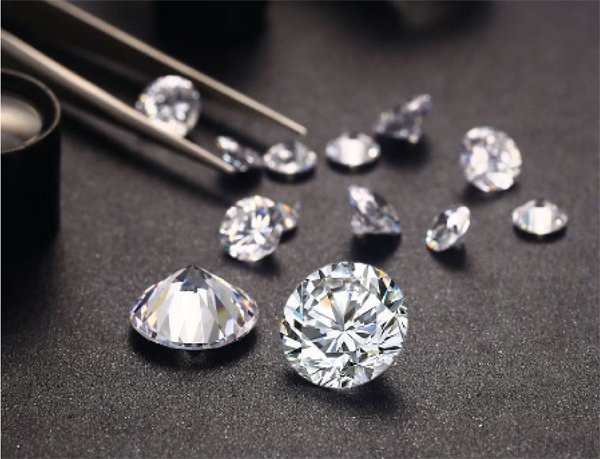NATURAL WHITE DIAMOND
A natural white diamond is a precious gemstone formed over billions of years deep within the Earth' s mantle under extreme heat and pressure.
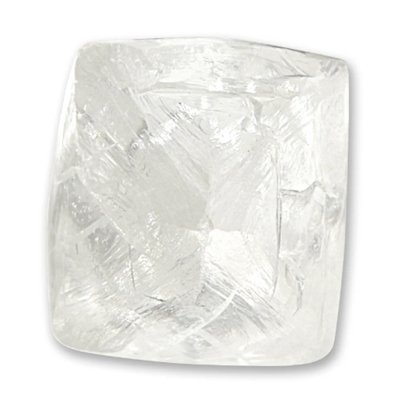
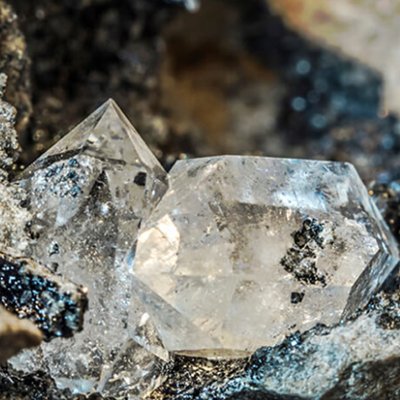
FORMATION
- Origin: Natural white diamonds are composed of carbon atoms arranged in a crystal lattice.
- Process: Formed about 100 miles below the Earth’ s surface and brought closer by volcanic eruptions.
CHARACTERISTICS
- Color: While typically colorless, natural white diamonds can have a slight tint due to impurities.
- Clarity: Varies widely; inclusions or blemishes can affect a diamond’ s appearance and value.
- Cut: The quality of the cut determines the diamond' s brilliance and sparkle.
- Carat: Weight of the diamond, affecting its size and value.
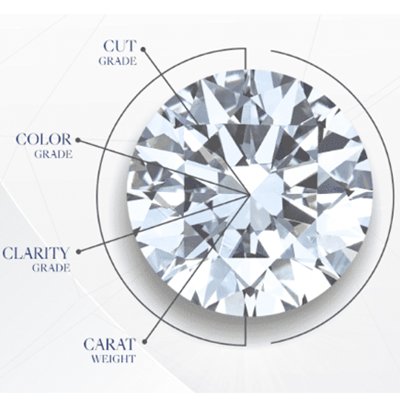
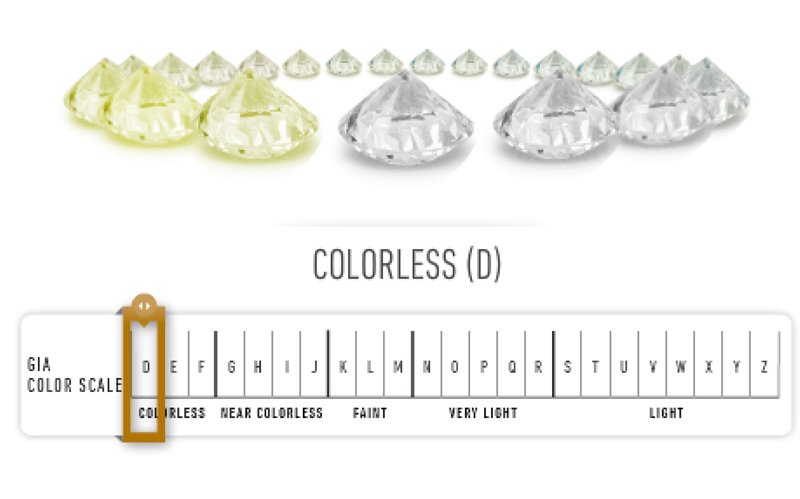
QUALITY ASSESSMENT
The Four Cs: Cut, Color, Clarity, and Carat weight are the primary factors in determining a diamond' s quality and value.
Certification: Evaluated and certified by organizations like GIA (Gemological Institute of America).
USES
Jewelry: Most commonly used in engagement rings, earrings, necklaces, and other fine jewelry.
Industrial: Utilized for cutting, grinding, and drilling due to their hardness.


MARKET
Value: Natural white diamonds are highly valued and considered a symbol of luxury and status.
Investment: Seen as a stable investment, often appreciating in value over time.
ETHICAL CONSIDERATIONS
- Sourcing: Concerns over "blood diamonds " have led to initiatives like the Kimberley Process to ensure ethically sourced diamonds.
- Alternatives: Lab-grown diamonds and other gemstones offer ethical and sustainable options.
- Natural white diamonds remain one of the most sought-after gemstones for their beauty, rarity, and enduring value.
